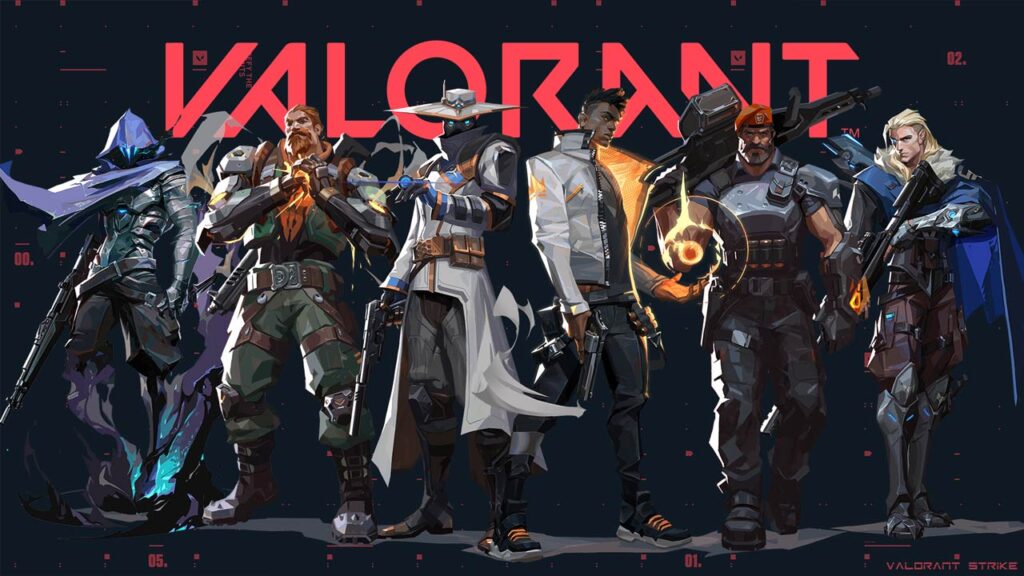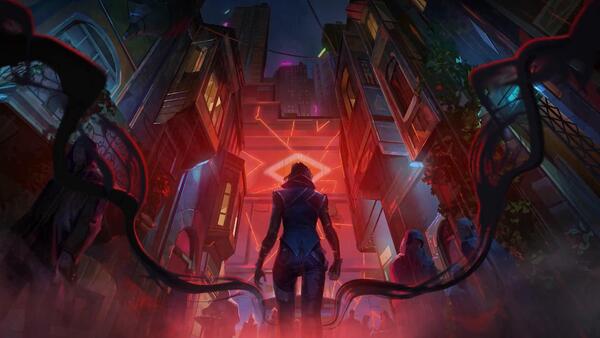Advertisement
Popular Now
Introduction
Valorant’s competitive mode is designed to be addictive, rewarding, and punishing in equal measure. But beneath its polished ranking system lies a psychological trap—one that fosters obsession, frustration, and even burnout. Unlike casual play, ranked mode triggers deep emotional responses due to its high-stakes nature, visible progression metrics, and social pressures. This article explores how Valorant’s ranked system manipulates player behavior, why it leads to unhealthy habits, and what players can do to maintain a balanced relationship with the game.The Illusion of Control in a Team-Based Game
Valorant sells the fantasy that individual skill alone determines rank, but the reality is far more complex. [caption id="attachment_1969" align="aligncenter" width="600"] Valorant sells the fantasy that individual skill alone determines rank, but the reality is far more complex.[/caption]
Valorant sells the fantasy that individual skill alone determines rank, but the reality is far more complex.[/caption]
The Solo Queue Paradox
Players believe they can "carry" their way to higher ranks, but Valorant’s 5v5 structure means even the best performers can lose due to teammates’ mistakes. This creates frustration when wins feel undeserved or losses feel unfair.Cognitive Dissonance in Self-Assessment
- Winning Streaks: Players attribute success to skill.
- Losing Streaks: Players blame teammates or "bad luck." This inconsistency prevents honest self-improvement and fuels tilt.
The Addictive Nature of LP (League Points) Systems
Valorant’s LP gains and losses are carefully calibrated to keep players hooked.The Carrot-and-Stick Approach
- Small Wins (20-25 LP per match): Just enough to feel progress.
- Harsh Losses (25-30 LP per defeat): Punishing enough to provoke "one more game" mentality.
The Hidden MMR Trap
Even when players rank up, their hidden MMR (Matchmaking Rating) may not align, causing LP gains to stagnate. This invisible barrier creates confusion and resentment.Ranked Anxiety and Its Consequences
The fear of losing rank prevents many players from enjoying the game.Physical Symptoms of Ranked Stress
- Increased heart rate
- Sweating
- Shortness of breath
Avoidance Behaviors
Some players stop queueing entirely, sticking to unrated or alt accounts to avoid the pressure.The Toxicity Feedback Loop
Valorant’s competitive environment breeds hostility, which then reinforces poor mental health.Why Teammates Turn on Each Other
- Ego Protection: Insulting others deflects blame.
- Frustration Venting: Losing streaks increase aggression.
Riot’s Ineffective Punishment System
Reports feel meaningless when toxic players face minimal consequences, leading to a culture of unchecked hostility.Burnout: When the Grind Stops Being Fun
Many players reach a point where Valorant feels like a job rather than a game. [caption id="attachment_1971" align="aligncenter" width="620"] Many players reach a point where Valorant feels like a job rather than a game.[/caption]
Many players reach a point where Valorant feels like a job rather than a game.[/caption]
Signs of Ranked Burnout
- Compulsive Playing: Queueing despite exhaustion.
- Lack of Enjoyment: Winning doesn’t feel rewarding.
- Physical Fatigue: Eye strain, wrist pain, sleep deprivation.
The Sunk Cost Fallacy
Players think, "I’ve invested too much to quit now," trapping them in a cycle of misery.Streamer Culture and Unrealistic Expectations
Pro players and streamers warp perceptions of ranked success.The Myth of the "Solo Carry"
Watching Radiant players dominate gives false hope that anyone can replicate their success, ignoring factors like team synergy and luck.Unhealthy Comparisons
Players measure themselves against leaderboard ranks, forgetting that top 0.1% players are outliers, not benchmarks.How the Ranking System Encourages Smurfing
Frustration with ranked leads to alternate accounts, which then ruin others’ experiences.Why Players Smurf
- Avoiding Rank Decay
- Playing Without Pressure
- Ego Boosting (Stomping Lower Ranks)
The Domino Effect
Smurfs create unbalanced matches, making legitimate players question their skill and worsening overall morale.The Role of Dopamine in Ranked Addiction
Valorant’s design exploits brain chemistry to keep players engaged.Variable Reward Schedules
- Unexpected Wins: Trigger dopamine spikes.
- Narrow Losses: Motivate "just one more try."
The "Almost Ranked Up" Effect
Losing at 90/100 LP feels worse than losing at 0 LP, pushing players to chase redemption.How to Play Ranked Without Losing Your Mind
Breaking free from Valorant’s psychological traps requires conscious effort. [caption id="attachment_1970" align="aligncenter" width="600"] Breaking free from Valorant’s psychological traps requires conscious effort.[/caption]
Breaking free from Valorant’s psychological traps requires conscious effort.[/caption]
Healthy Habits for Ranked Players
- Set Time Limits (e.g., 3 games max per session).
- Take Breaks After Losses (Avoid tilt-queueing).
- Focus on Improvement, Not Just LP.
Alternative Mindsets
- Treat Rank as a Side Effect, Not a Goal.
- Mute Toxic Players Immediately.
- Remember: It’s Just a Game.


















